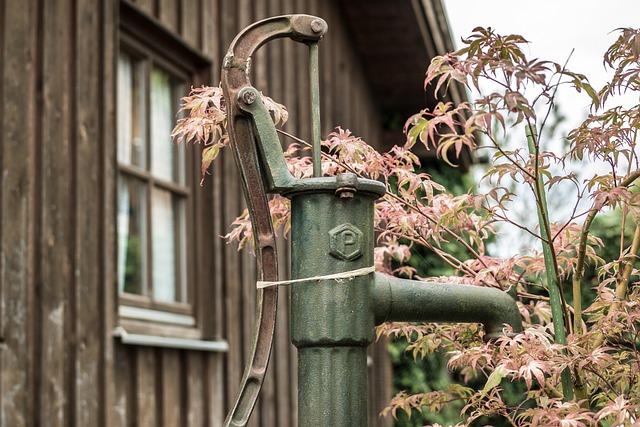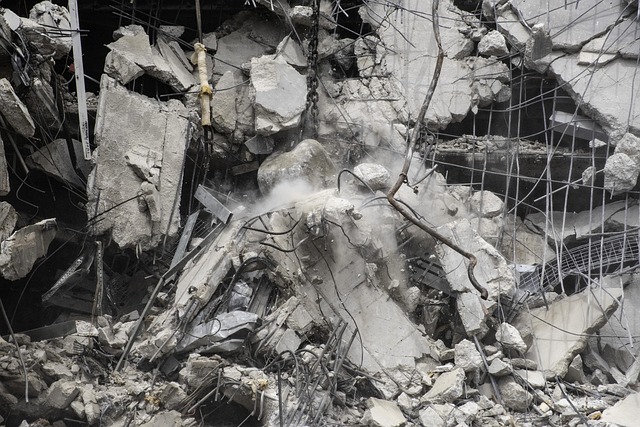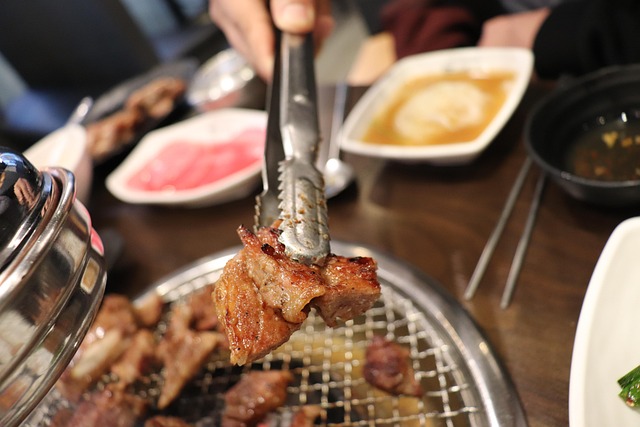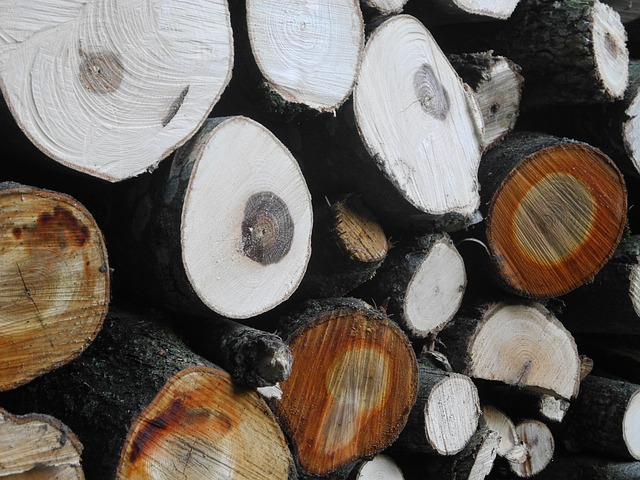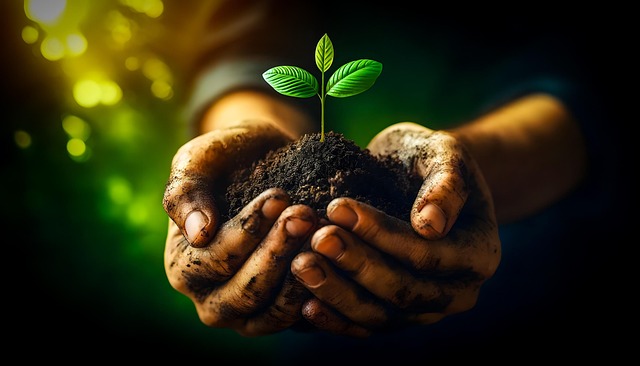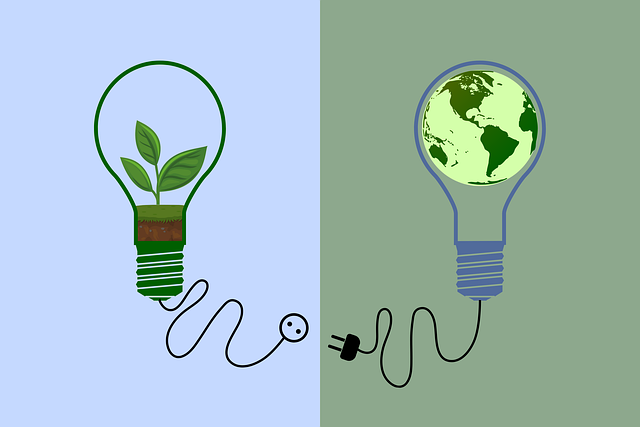Optimizing glulam manufacturing involves local, renewable material sourcing to reduce carbon footprints and ensure consistent, low-impact supplies. Efficient drying techniques, like controlled climate chambers or vacuum drying, cut energy costs and emissions, aligning with demand for low-carbon construction materials. Shifting to water-based adhesives minimizes ecological harm, enhances performance, and promotes the sustainability of Glue Laminated Beams (glulam).
The construction industry is increasingly focused on reducing its environmental impact, and glulam manufacturing plays a vital role in this shift. This article explores three effective strategies to enhance the sustainability of glue laminated beams (glulam). By optimizing raw material sourcing, implementing efficient drying processes, and adopting water-based adhesives, manufacturers can significantly decrease emissions, conserve energy, and minimize the toxicological impact associated with traditional practices. These steps contribute to a greener future for both the industry and the planet.
- Optimize Raw Material Sourcing for Reduced Emissions
- Implement Efficient Drying Processes to Conserve Energy
- Explore Water-Based Adhesives for Lower Toxicity Impact
Optimize Raw Material Sourcing for Reduced Emissions
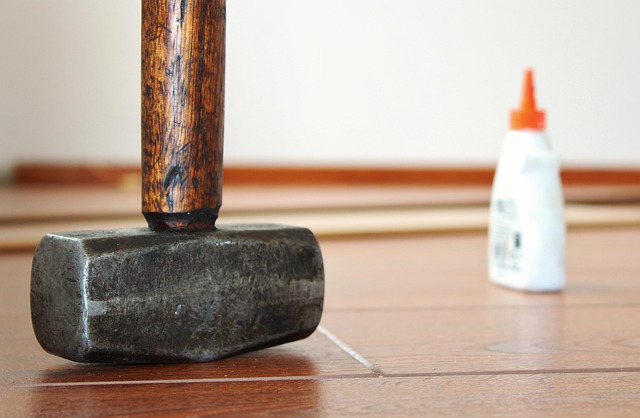
Optimizing raw material sourcing is a key strategy to reduce emissions and enhance the sustainability of Glue Laminated Beams (glulam) manufacturing. By prioritizing locally sourced, renewable forest products, manufacturers can minimize transportation-related carbon footprints. Moreover, selecting high-quality, carefully managed wood sources ensures a consistent supply of materials with lower environmental impacts. This approach aligns with the broader goals of what are sustainable structural solutions, promoting both ecological preservation and efficient resource utilization.
Another innovative step involves exploring natural glue alternatives for beams, which can significantly cut down on greenhouse gas emissions associated with traditional adhesive production. The shift to more eco-friendly bonding agents not only reduces environmental pollution but also opens up opportunities for enhanced laminated beam structural advantages. For those seeking guidance in this area, we encourage you to reach out to our expert team at (607) 369-9341.
Implement Efficient Drying Processes to Conserve Energy

The glulam manufacturing process can significantly benefit from implementing efficient drying techniques to reduce energy consumption and enhance the sustainability of glue laminated beams. Traditional drying methods often rely on extensive heat, which not only consumes vast amounts of energy but also contributes to the carbon footprint of the final product. Adopting innovative, eco-friendly drying technologies like controlled climate chambers or vacuum drying can dramatically cut down energy usage and emissions.
This shift towards more sustainable practices is crucial for aligning with the growing demand for low-carbon footprint wooden beams in the construction industry, particularly in the realm of eco-conscious home construction. By optimizing the drying process, manufacturers can produce long-lasting glued wood structures that meet modern environmental standards while ensuring durability and strength, as evidenced by the quality products available on unalam.com.
Explore Water-Based Adhesives for Lower Toxicity Impact
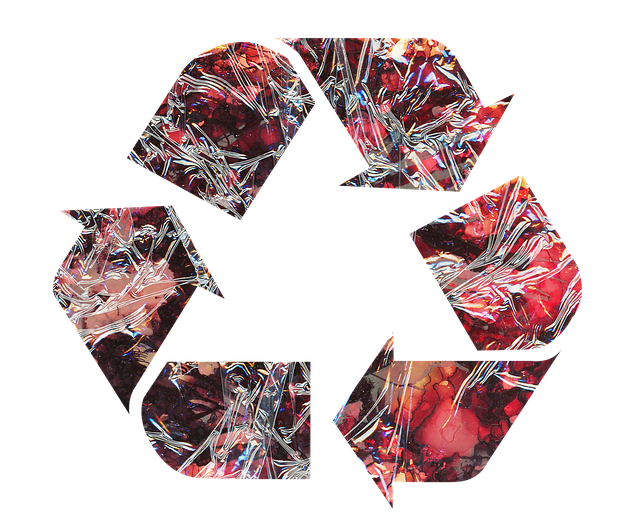
The glulam manufacturing process has traditionally relied on toxic adhesives, contributing to its environmental impact. However, exploring water-based alternatives offers a greener path forward. These adhesives significantly reduce the release of harmful chemicals, minimizing their toxicity and the subsequent ecological damage. By adopting water-based adhesives, manufacturers can achieve substantial improvements in the sustainability of glue laminated beams (glulam), aligning with the growing demand for environmentally conscious construction materials.
Beyond the environmental benefits, this shift also presents an opportunity to enhance the overall performance of glulam products. Natural lamination techniques, when combined with water-based adhesives, can result in stronger and more durable laminated beam production methods. Visit us at 18 Clifton St, Unadilla, NY 13849 anytime to learn more about these innovative approaches that combine sustainability and structural advantages for a better built environment.
By optimizing raw material sourcing, implementing efficient drying processes, and exploring water-based adhesives, glulam manufacturers can significantly reduce their environmental footprint. These strategies not only contribute to the sustainability of glue laminated beams but also offer potential cost savings and enhanced product quality. Embracing these practices is a crucial step towards a greener future for the industry, ensuring that we meet the growing demand for environmentally friendly building solutions.


